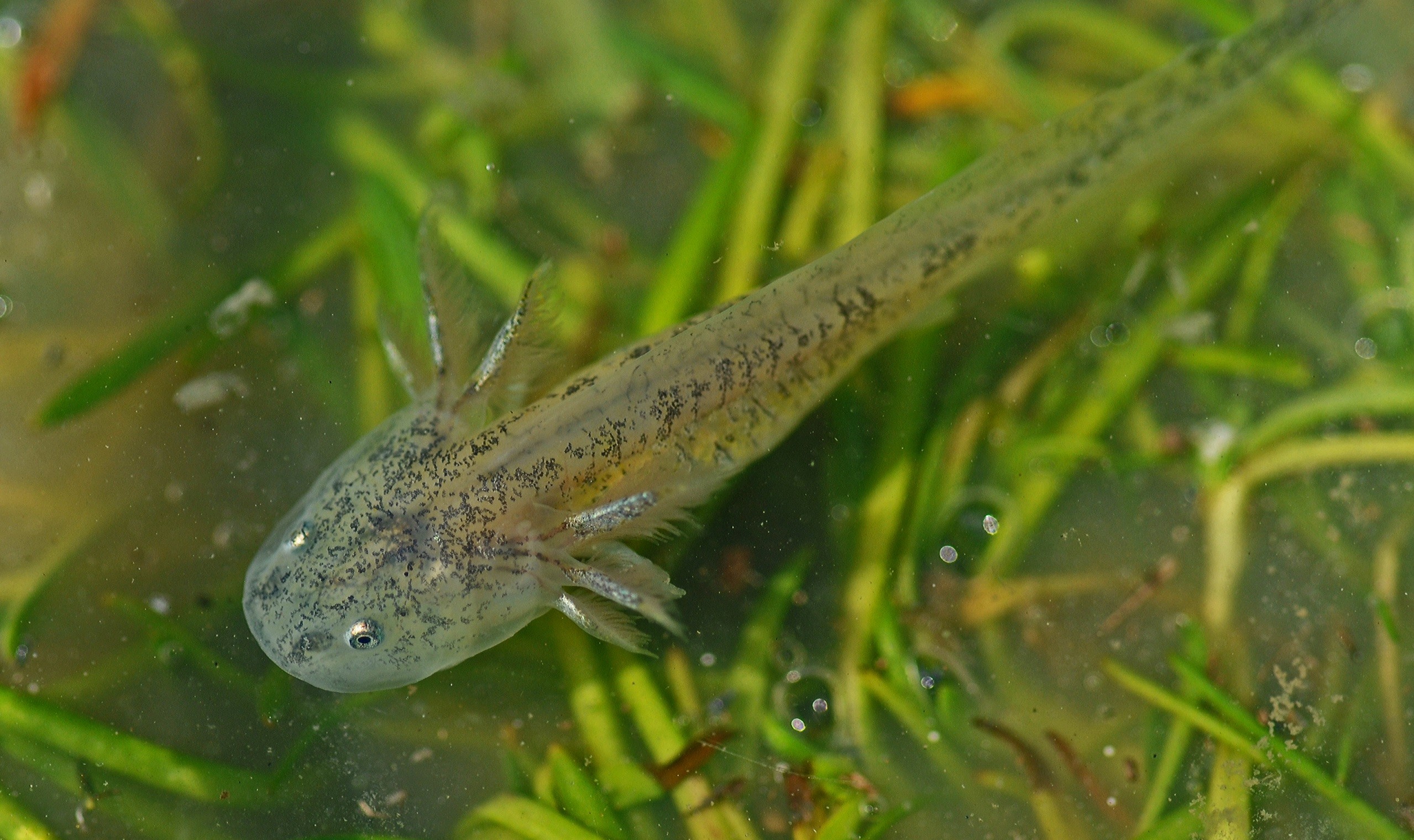Axolotls, with their perpetually smiling faces and feathery gills, have captured the hearts of many as unique and fascinating pets. However, before you rush out to find one of these charming amphibians, you might be wondering: “Can You Buy An Axolotl As A Pet?” The answer isn’t always straightforward, as axolotl ownership is regulated in certain areas due to environmental concerns.
Axolotl Legality: Where Are They Banned?
It might come as a surprise, but axolotls are indeed illegal to own as pets in some locations. In the United States, certain states have restrictions in place. Currently, axolotl ownership is prohibited in California, Maine, New Jersey, and Washington D.C. Other states like New Mexico and Hawaii require permits for axolotl ownership.
Across the border in Canada, similar regulations exist. You cannot legally keep axolotls as pets in New Brunswick, British Columbia, and Prince Edward Island. Nova Scotia also requires a permit for axolotl ownership. While these bans can be disappointing for potential axolotl enthusiasts in these regions, it’s crucial to understand the reasoning behind these laws.
Why the Bans? Environmental Concerns, Not Conservation
A common misconception is that axolotl bans are in place to protect wild axolotls, which are critically endangered in their native habitat in Mexico. However, this is not the primary reason for these regulations. The axolotls you find in the pet trade are descendants of captive-bred populations, raised for generations away from the wild.
Pet axolotls are significantly different from their wild counterparts. They have been selectively bred for various traits, including color morphs, and have even been crossbred with tiger salamanders in the past. Furthermore, some captive axolotls have been genetically modified, such as those with the GFP (Green Fluorescent Protein) gene for research purposes. These genetic and behavioral differences mean that releasing pet axolotls into the wild would not contribute to the conservation of wild axolotls. In fact, it could be detrimental.
The Threat of Invasive Species
The real concern driving axolotl bans is the potential ecological damage they could cause if released into non-native environments. If pet axolotls were to escape or be intentionally released into local ecosystems, they pose a significant threat as an invasive species. This is particularly the case in areas where native salamander species already exist.
Axolotls are efficient predators and could easily outcompete native salamanders for resources, disrupting the delicate balance of local ecosystems. For example, the California tiger salamander (Ambystoma californiense) and the Eastern tiger salamander (Ambystoma tigrinum) are already facing habitat loss and other threats. The introduction of axolotls could further endanger these native species.
Examples of Invasive Pets: Learning from Past Mistakes
The risk of pet species becoming invasive is not just a hypothetical concern. History is filled with examples of released pets causing ecological havoc. Florida, for instance, has recently implemented bans on owning certain reptile species like tegus, green iguanas, and pythons due to the severe impact these former pets have had on the state’s ecosystems. These animals, once kept as pets, have established themselves in the wild, outcompeting native wildlife and causing significant ecological damage.
Another common example is the goldfish. Often perceived as small and low-maintenance, goldfish can grow much larger than many people realize, reaching lengths of 10-12 inches and living for decades. When released into ponds and lakes, these hardy fish can thrive and rapidly reproduce. Goldfish are generalist feeders and can tolerate a wide range of conditions, allowing them to outcompete native fish species for food and habitat, leading to declines in native populations.
Invasive Plants and “Hitchhikers”: Another Pathway for Ecological Harm
It’s not just animals that can become invasive. Improper disposal of aquatic plants from pet tanks can also introduce invasive species and harmful organisms into the environment. Discarded aquarium plants can carry “hitchhikers” like zebra mussels, an incredibly damaging invasive species that has already wreaked havoc on waterways across North America and beyond.
Even seemingly harmless plants like duckweed, a common aquarium plant, can become problematic if introduced into natural ecosystems. Duckweed can quickly take over ponds and lakes, blocking sunlight and disrupting aquatic life. Aquatic plants can also harbor diseases and parasites that could be introduced to native species, further emphasizing the importance of responsible disposal.
Responsible Pet Ownership and Axolotls: Doing Your Part
While axolotl ownership may be restricted in some areas, the underlying message is about responsible pet ownership. Regardless of where you live, it is crucial to understand the potential environmental impact of owning any pet, especially aquatic species. Never release a pet axolotl, fish, or aquatic plant into the wild.
When disposing of aquatic plants, do not flush them down the toilet or discard them near waterways. Instead, dispose of them in the trash. Consider connecting with other hobbyists to trade or give away unwanted plants and animals responsibly, online communities like r/aquaswap are great resources for this.
Conclusion: Respecting Laws and Protecting Ecosystems
It can be disappointing to learn that axolotl ownership is not permitted everywhere. However, these regulations are in place to protect local ecosystems from the potential harm caused by invasive species. By understanding the reasons behind these laws and practicing responsible pet ownership, we can all contribute to minimizing our impact on the environment. Choosing to respect these laws and properly care for our pets ensures we are part of the solution, not the problem, in preserving the natural world.

